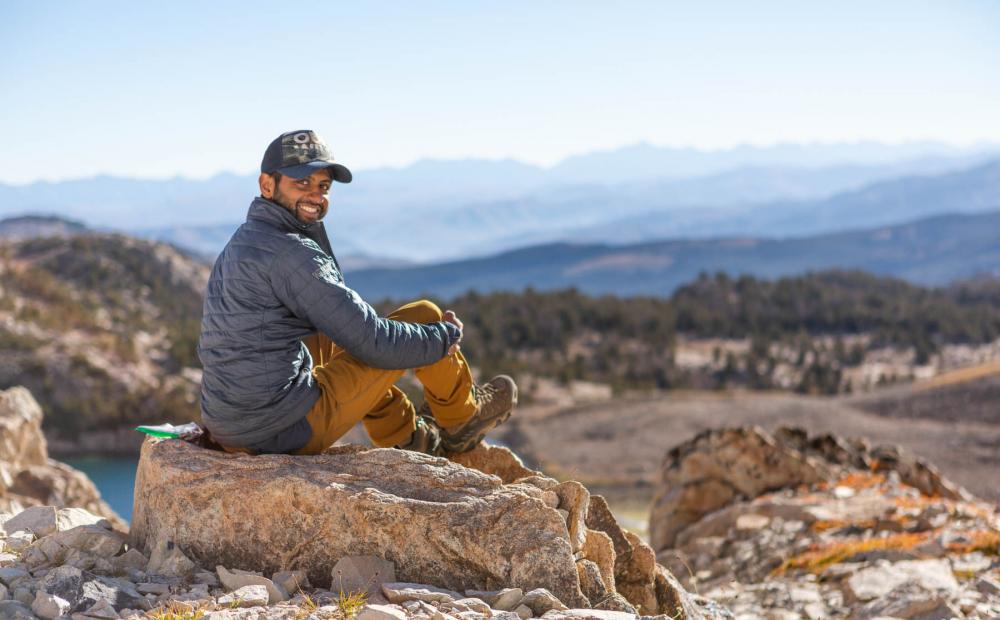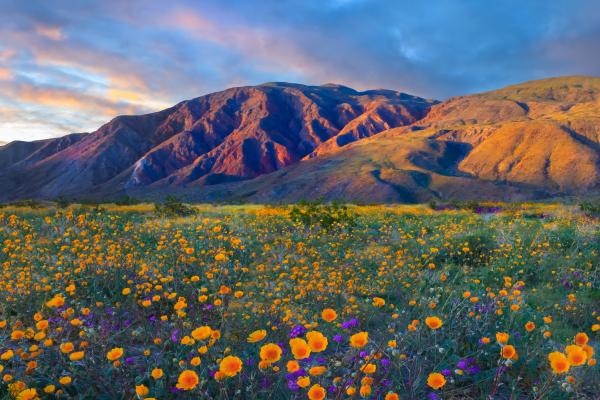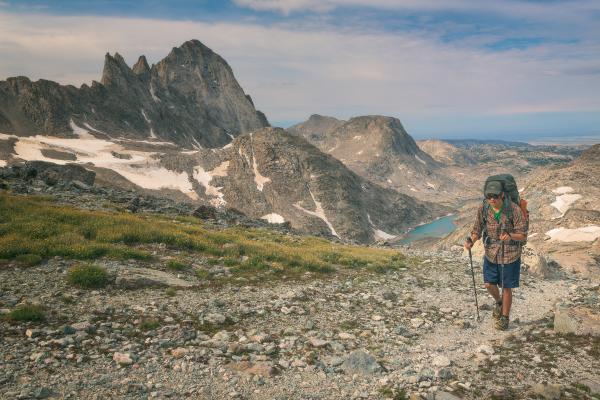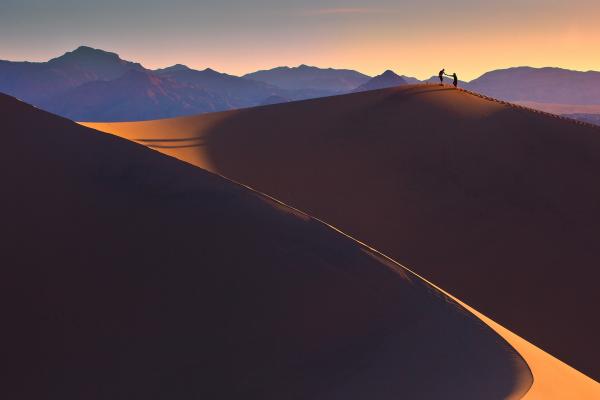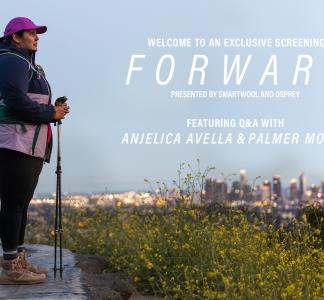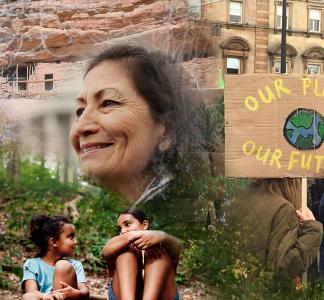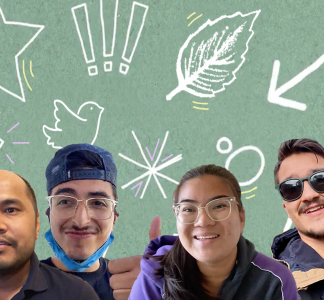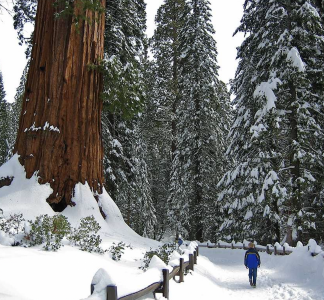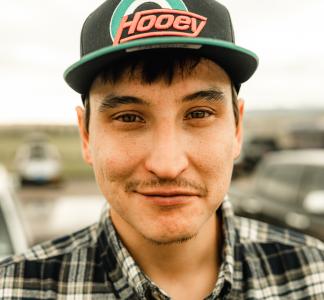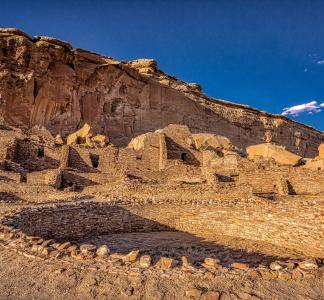Everyone should benefit equitably from public lands
From national forests to city parks, public lands provide us with opportunities to get into nature and relax, reflect, recreate and connect with the land and others. Not only that, but public lands also help protect communities against the effects of climate change and other environmental threats by absorbing air pollution; filtering stormwater to make our lakes and streams cleaner; and protecting people from rising temperatures by reducing dangerous urban heat islands.
But millions of people across the country, in rural and urban communities, still face barriers to getting out into nature and benefiting from all that public lands provide. These barriers disproportionately affect low-income and BIPOC (Black, Indigenous and people of color) communities, and include limited public transit options; financial obstacles; and a lack of parks and green space in communities that have been historically affected by discriminatory housing policies and lack of development and infrastructure.
All people, of every race, gender, immigration status, physical ability or income level, should have access to nature. We are working to transform conservation policy and practice so that everyone can get outdoors and benefit equitably from public lands.
WHAT WE'RE DOING
-
Ensuring everyone benefits equitably from public lands
We work with communities and partners, in both urban and rural areas, to ensure that public lands serve as a solution to the climate and extinction crises, create sustainable economies and maintain human health and well-being.
-
Advocating for inclusive spaces
Public lands should feel welcoming and inclusive to all. We work alongside communities to change social, political and cultural obstacles that prevent people from benefiting equitably from public lands.
-
Prioritizing community engagement
Whether it’s advocating for laws that require government transparency and public input or working alongside communities that have been historically left out of land-management conversations, we aim to elevate the voices of all people who care about public lands.
-
Improving access to nature
Nature is not accessible to everyone. We work to ensure that all people have equal access to nature and outdoor spaces by focusing on improved transit networks; better green infrastructure like parks and green spaces; and community relationship-building.
Top Issues
Screening and Q&A: "Forward"
9 big wins from a momentous 2021
Clockwise from left: Bears Ears - Mason Cummings, TWS; Deb Haaland - Chip Somodevilla/Getty Images; protesters - World Meteorological Organization; kids - Michelle Craig
How hard is it for some communities to access the outdoors? Our video series explores
Racist or offensive names persist in U.S. parks; new plan confronts them
Jim Brekke, flickr
Through an Indigenous lens
Micheli Oliver
Great news: New oil and gas leasing banned from public lands around Chaco Canyon
Mobilus In Mobili/Flickr
